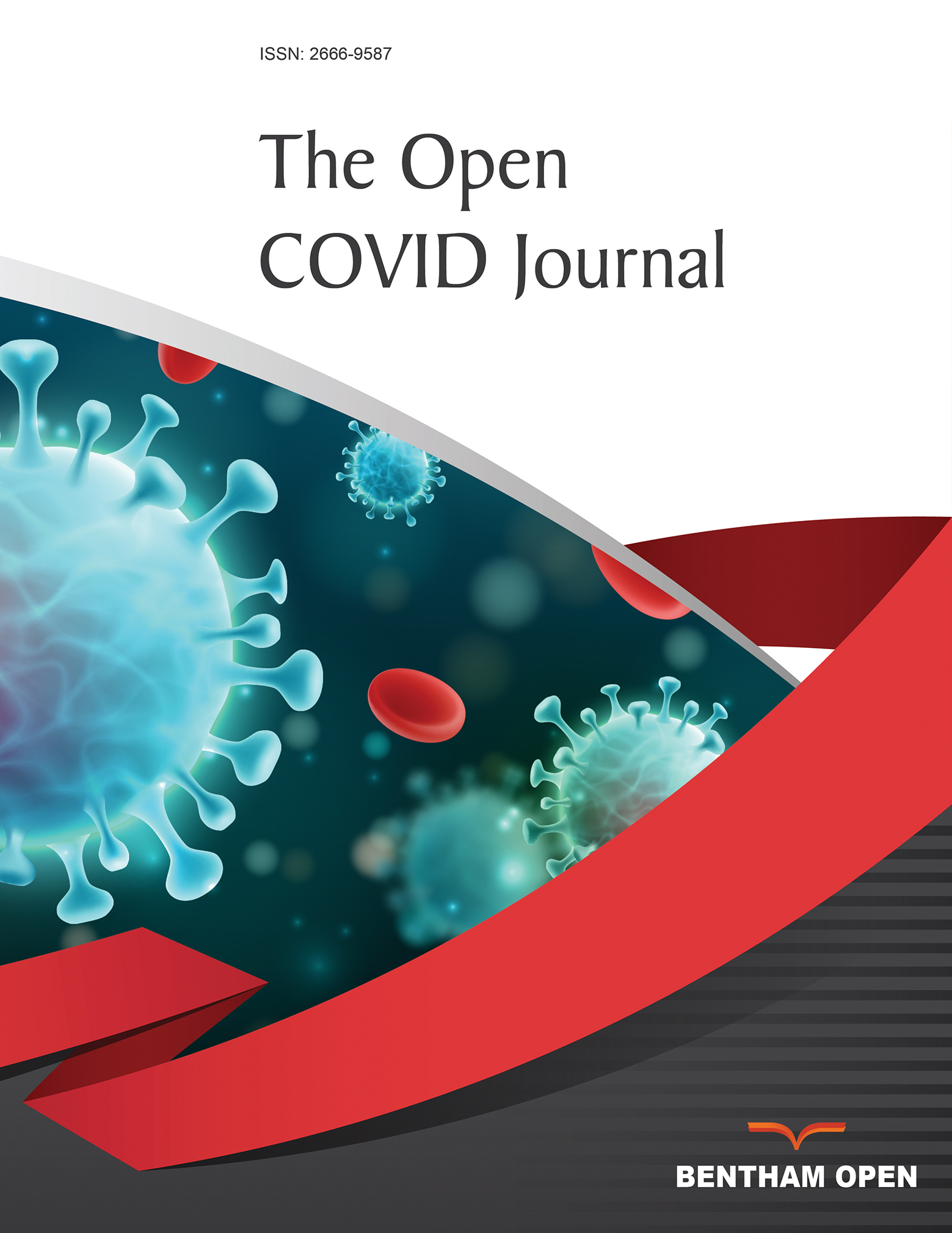All published articles of this journal are available on ScienceDirect.
Exploring Patterns of Localized COVID-19 Spread Mitigation Measures that Affected Transportation Facilities
Abstract
Background:
Mitigation measures to lower the spread of COVID-19 have significantly impacted the transportation sector. However, the “shift-streets” measures aimed at providing space for social distancing have received less research attention.
Methodology:
This study used a text-mining approach to explore the content and spatial distribution of 1413 reported actions taken between 2020 and 2022. The focus was on the action type, purpose, infrastructure affected, coverage, longevity, and reason for triggering such a response.
Results:
It was observed that the United States had the highest number of reported mitigation measures. Most countries adopted shift-streets mitigation measures for moving people, public health, and economic recovery. Further, irrespective of the country, measures applied for the entire roadways and travel lanes were dominant on either one or more streets or the entire city. Developing countries performed reactive measures, while developed countries performed strategic measures.
Conclusion:
The study found a vast diversity of COVID-19 spread mitigation measures. The findings in this study can help city planners to understand the possible changes in mobility parameters in the post-COVID-19 era.


